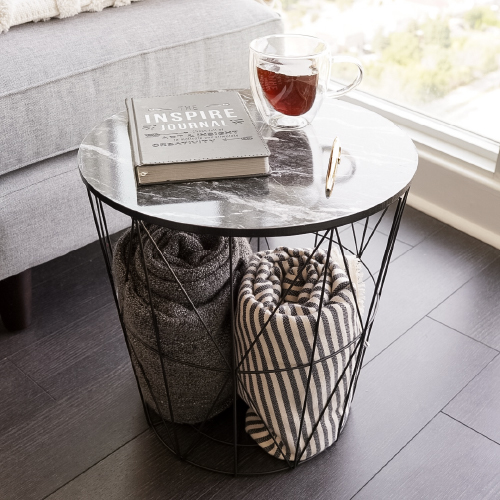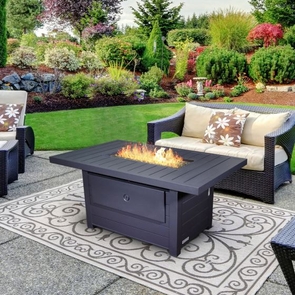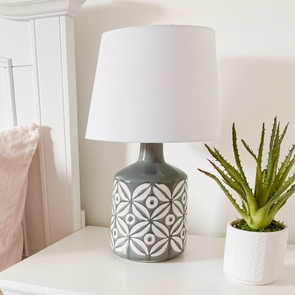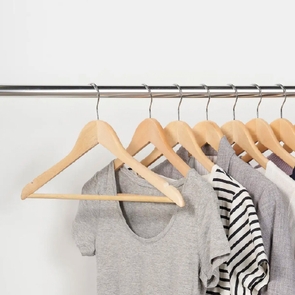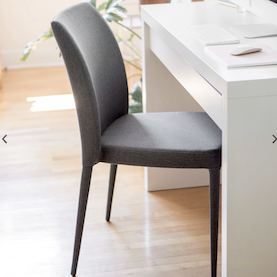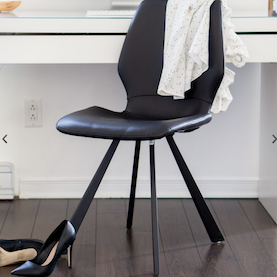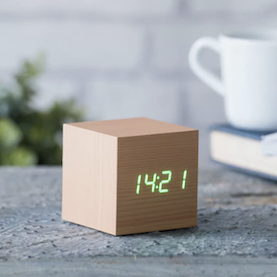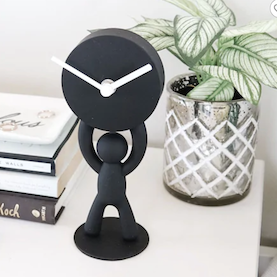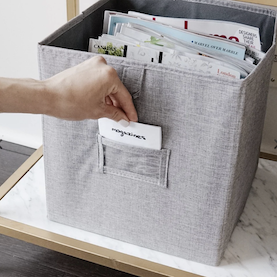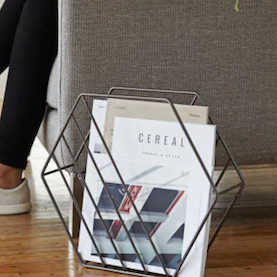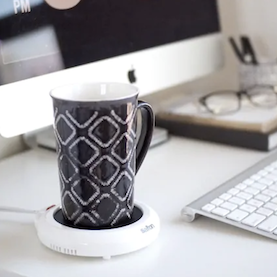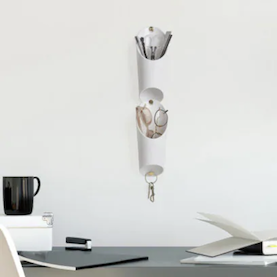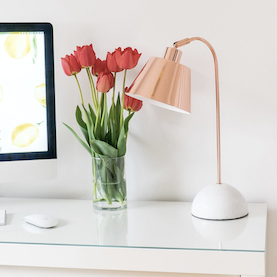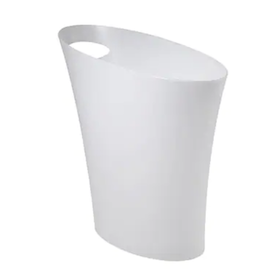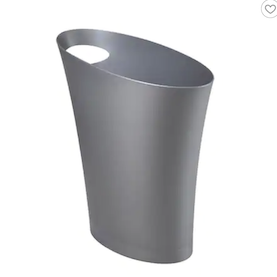 Where you work is important to how well you work, so organizing a space dedicated to studying is one of the best ways to prepare for the upcoming school year. From picking a spot, to furnishing it with supplies, we’ve got the down-low on everything a great study space entails.
Where you work is important to how well you work, so organizing a space dedicated to studying is one of the best ways to prepare for the upcoming school year. From picking a spot, to furnishing it with supplies, we’ve got the down-low on everything a great study space entails.
1) Pick a Good Spot
If you’re designing a workspace for a dorm, you might not have much freedom to choose where it will be set up. But those with options should choose a work area that’s free from distractions and ideally close to a window for natural lighting. If you are designing a space for your child, choose somewhere away from toys or TV. You may also choose a place that’s easily supervised if setting up a space for your child.
2) Take Care of Essentials
Every good workspace needs a few basics: a surface, a chair and lighting. Start with a table or desk that’s attractive to you. Again, if working in a dorm, you might not have freedom of choice here. But you can easily make a space your own by adding a comfy and cute accent seat. Don’t forget an adjustable desk lamp for a spotlight on your work; if sharing a room, you can also redirect this light away from a sleeping roommate to avoid disturbing them.
An easily overlooked desk necessity is a wastebasket. Loose pieces of paper are among the most common clutter in a workspace; by keeping a waste basket next to or under your desk, you can quickly toss away paper or supplies you no longer need. A decluttered desk is a decluttered mind.
Finally, if you use a tablet to do your work or read assigned books, consider a tablet holder. Like a book holder, this will prop up your tablet to keep it easily in view—providing ample desk space for note taking.
3) Have an Organizational System
Your workspace should have all your files and tools within an arm’s reach—and they should be organized, too. Keep your work area decluttered by keeping loose-leaf papers organized in folders, then place the folders in a magazine rack on or next to your desk. Label the folders according to your contents, and you won’t have to worry about losing a thing! You can place notebooks here too when not carrying them in your bag.
Shelving or bins can be great for holding art supplies or writing utensils. In fact, you might even repurpose a toothbrush holder for this purpose!
If you use many electronic devices in your workspace—computer, extra monitor(s), phone, tablet, etc.—then you might find yourself constricted (literally!) by their cords and charging cables. As you install devices in your workspace, tape down the cords with duct or washi tape to keep them from getting tangled.
4) A Place for Planning
A desk or wall clock lets you check the time at a glance without being distracted by your phone or computer, so consider adding one to your workspace. To set and track goals (or organize your time better), a chalk board or calendar can be a great help. Otherwise, you might post sticky notes on the wall above your desk to keep to-do’s organized without damaging the wall.
You Might Need:
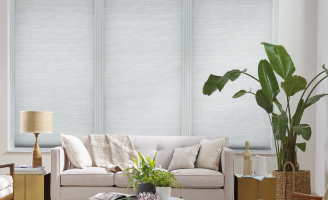 Custom Window Blinds
Custom Window Blinds Gift Registry
Gift Registry Gift & eGift Cards
Gift & eGift Cards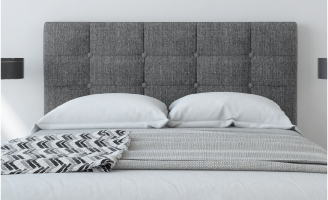 Custom Headboards
Custom Headboards